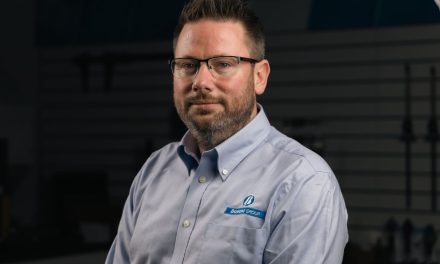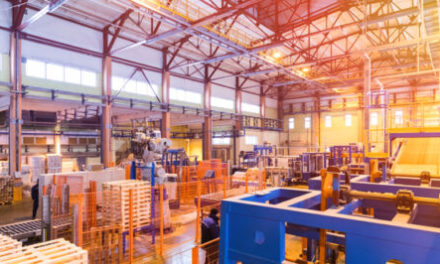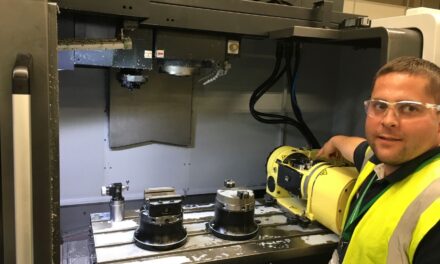Macsa ID recently launched its game-changing SPA 2 series of laser coders for the packaging industry. The newly simplified, modular laser platform is easy to operate, cost effective, versatile and reliable – delivering maximum marking resolution on a wide range of substrates.
With a number of SPA 2 models available, Managing Director of Macsa ID UK, Neil Greatorex offers ten top tips on choosing the best solution for individual laser marking applications.
1. Choose the technology
The substrate being coded, marked or scored and the type of production environment (standard, dusty or washdown) generally determines whether a CO2, DPSS or fibre laser from the SPA 2 range is required.
For example, CO2 laser technology is suitable for marking paper and board, glass, wood, PVC (10.2micron), PET (9.3micron) and directly onto fruit and vegetables. For CO2 lasers, it is possible to choose the wavelength to better mark PET and PVC.
Alternatively, DPSS and fibre models are ideal for metals, engineering thermoplastics, styrenics, olefinics, epoxy resins, HDPE, LDPE and plastics films.
So, if a customer wanted to apply use by dates to a small cardboard box for packaging pills at line speeds up to 15,000 products per hour, in a standard environment where space is at a premium, we would recommend the Macsa iCON 3 CO2 (30W) small character laser coder from the SPA 2 range.
If the application was marking metal tins in a dusty production facility with speeds between 50,000-75,000 products per hour, then we would suggest the SPA 2-F fibre (100w) laser system which is dust-tight (IP54).
2. Choose the power
A range of laser powers from 10-450W are available for all Macsa SPA 2 technologies. Typically, a higher speed application will need a higher power laser. Some more difficult to mark substrates will also need a higher power laser.
3. Choose the printhead
For most applications, a SPA XQS laser is sufficient. If it is a difficult to mark substrate, product modification application (slitting, scoring or perforation), high resolution graphics or marking area above 250mm2, we would recommend the SPA 2 HPD printhead. For the fastest lines or more complex messages, a UHS (ultra high speed) head might be needed.
4. Choose the optics
The size of the message or graphic determines the focal length of the lens to be used. A beam expander may also be chosen to improve print quality. Beam expanders are standard for XQS and HPD lasers.
A focusing pointer is also available. 3D printing options are available as extras.
5. Choose the enclosure
All SPA 2 lasers are designed, built and tested to IP54. An IP65 option is available for users with damp and / or wash down environments. High and low temperature kits are available to ensure reliable operations at extreme temperatures.
An optical head split kit aids installation in difficult environments.
6. Choose the controller
The easiest way to program and control a SPA 2 laser is via the brand new handheld touchscreen controller which makes all models easy to install, program, operate and service. Alternatively, the customer can use Macsa’s redesigned Marca software and drive it from a PC via an ethernet link.
7. Choose the electronics
The electronics module is standard for SPA 2 lasers. The power supply is modular but its size is determined by the choices of laser (technology, family and power) and optics.
8. Choose the essentials
Several essential accessories are needed to complete most laser solutions including photocell, shaft encoder, support stand, fume extractor and laser beam protector.
9. Choose the extras
All installations are different and it is generally necessary to add other equipment to complete a safe and robust installation including 3D printing, enhanced safety, chiller, connector box and workstation.
10. Choose the experience
A laser is just hardware until its installed and operational. Macsa provides a range of services to ensure a high level of service for customers: advice and consulting, installation via its network of independent value added distributors, training, technical support and extended 1, 2 or 3 year extended warranty packages.
Macsa provides advice on regulatory compliance, supply chain management and factory integration. The company is committed to helping customers make more effective use of their SPA 2 coding and marking machines, to respond to changing external needs and to run their factories more efficiently.



